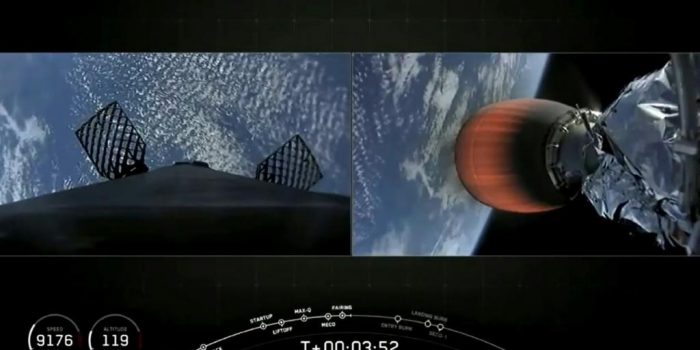The Federal Communications Commission has authorized a satellite internet project from Boeing that was initially introduced in 2017. Now, Boeing can act as a competition to SpaceX in this regard.
The company aims to place 132 satellites in the low earth orbit at a height of 1,056 kilometers (about 656 miles). Another 15 will be launched to “nongeostationary orbit” at a height between 27,355 and 44,221 km (16,998 to 27,478 miles). The satellites are used to provide “broadband internet and communications services to residential consumers, government and business users in the United States, Puerto Rico, and the US Virgin Islands.”
The total 147 satellites used would broadcast in the V-band, a higher-frequency slice of the wireless spectrum than the Ka and Ku bands used by SpaceX’s Starlink network or Amazon’s yet-to-be-deployed Project Kuiper satellites. V-band enables a fast internet connection with quicker data transfer.

SpaceX has voiced its concern about the launch of the Boeing satellite as it can create congestion in the orbit and lead to a collision. It said that it can be a “clear danger of harmful interference,” according to Reuters. This is because SpaceX’s Starlink satellites and OneWeb’s satellites are both almost at the same altitude already. A probable collision between the two was just evaded earlier this year.
It will take six years for Boeing to introduce half of its satellites and nine years for it to fully implement its proposal. The commission denied the company’s request for an entire launch in 12 years, according to the order published Wednesday.
/cdn.vox-cdn.com/uploads/chorus_image/image/70088004/69486_boeingbuilding_987313.0.jpg)
These advanced internet providers generate more than $50 billion by 2031 which shows why Boeing was in pursuit of this approval for so long.


